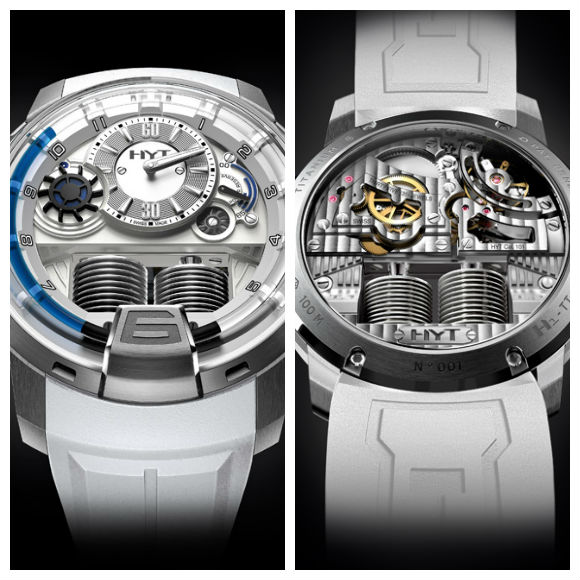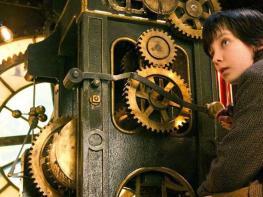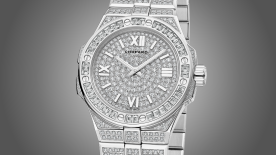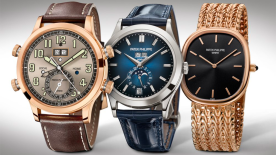At the crossroads between the worlds of industry and luxury, mechanical watchmaking has its own distinctive way of innovating. The supreme paradox of its situation lies in its inherent need to progress while remaining true to solutions dating back several centuries. The gear train, the lever escapement, the balance-spring automatic winding and analogue displays all emerged between 1450 and 1800. Gradually perfecting these led watchmaking to a degree of accomplishment that plateaued in the 1960s. Nonetheless, like any industry, it must constantly explore new approaches if it wishes to avoid exposure to the kind of disruptive innovations epitomized by the battery-driven quartz regulator.
A matter of scale
Most watch brands are pygmies compared with the industrial juggernauts. The turnover of the entire Swiss watchmaking sector amounts to less than that of Volkswagen automobiles or Dupont pharmaceuticals alone. And innovation is expensive, especially when it comes to implementing it on a broader scale – without which there is no hope of return on investment for its R&D endeavors. Watchmaking has therefore had to forge its own path by drawing inspiration from various sources, adapting and recovering whatever it can. The great 18th century horologists were mathematicians, locksmiths and astronomers. Brilliant multi-skilled figures such as Breguet, Berthoud, Graham and others were equally capable of producing chronometers, locks, thermometers and other metrology instruments.These key industry players were however isolated by geographical distance, the absence of means of communication, or by the walls of snow that cut off the remote Swiss valleys for most of the year. Open-mindedness was a matter of survival.
Openness
Contemporary watchmaking is not very different in this respect. By breaking down apparent partitions and boundaries, it resolutely seeks out existing solutions that it adapts to its own needs. PVD and DLC-type surface treatments are borrowed from the machine tool industry, where they are used to limit friction on loading trays or to harden cutting tools.

Before being adopted by Rado in the 1980s, so-called high-tech ceramics were already part of thermal insulation in metallurgy and the space industry. The latter indeed supplies various materials that are described as new in watchmaking, despite being fairly commonplace in other domains. Ultra-light alloys such as aluminum-lithium, the carbon nanotubes used by Richard Mille, the ultra-hard polymers featured by HYT as well as various carbon fiber applications all exemplify this phenomenon.
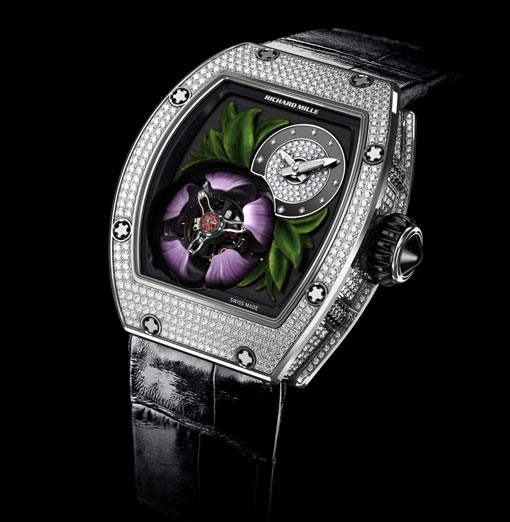
Reaching out
It should be pointed out that, ten years ago, watchmakers were still very keen to point out their differences from their engineering colleagues. Many of them regarded horology as a world apart with its own set of prescriptions – and especially proscriptions. Barriers have now finally collapsed, along with existing taboos, opening the door to the introduction of new materials. Among the latter, the most interesting to date is undoubtedly silicon, which stemmed from the field of semi-conductors and is now used to make balance-springs, balance-wheels and levers. The original fundamental research was conducted by the CSEM, a private research laboratory based in Neuchâtel which also played a key role in the escapement just presented by Vaucher Manufacture : the Genequand system. A number of new initiatives are in the pipeline at the Swiss Federal Institute of Technology in Lausanne, and the watch industry is benefiting extensively from the knowledge-sharing paradigm of today’s world, along with the pragmatism displayed in Swiss-based research.
